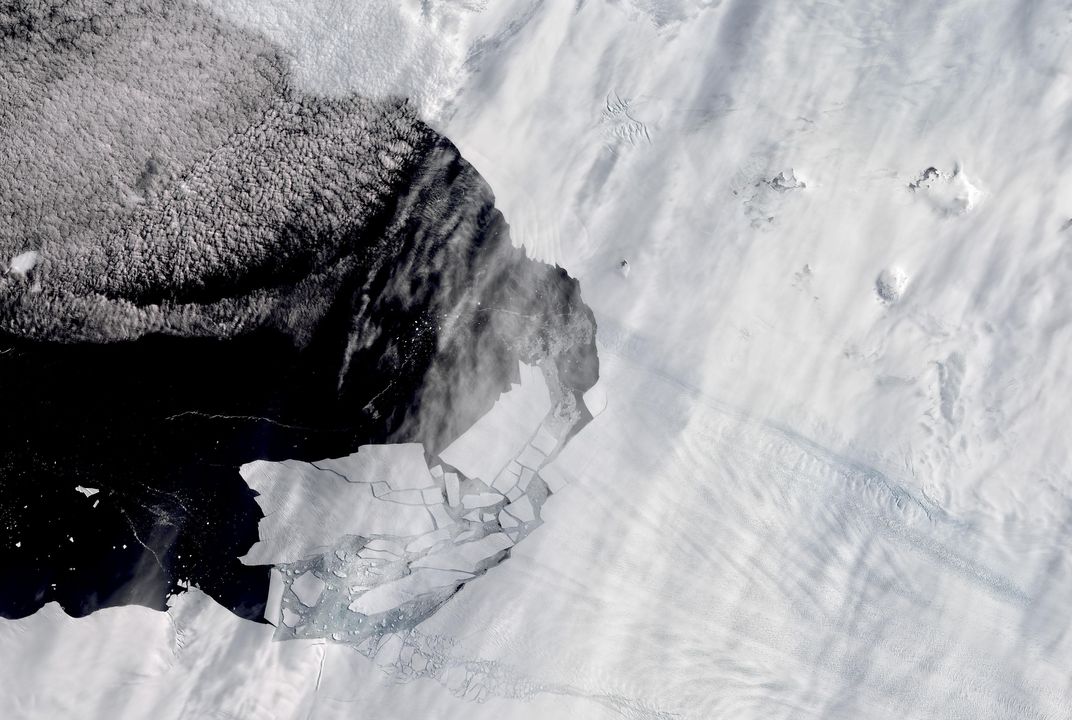Wir von der Stiftung Clima Now vergeben 100'000 Franken an ein Projekt, das Menschen für das Klima aktiviert. Ich schicke Ihnen die Ausschreibung, weil sie für Schülerinnen und Schüler interessant sein dürfte. Würden Sie eine gute Sache unterstützen und die Ausschreibung intern oder über Social Media teilen? Das wäre grossartig. More...
My questions for my collaborate meeting call on Thursday:
Task: "The Bee's and their life in climate change"
- Do you know the importance of the Bee's?
- Are there also beekeepers in Spain? Ist that a usual hobby? Do you know somebody?
- What do you think about the bee's and the climate change?
- Are you interested in my task or in a collaboration together as well? Is there a possibility to observe bee's for you? Or what kind of collaboration is possible?
1. What do we need?
-Social media contacts.
2. What are the important questions?
-How much time do we need?
3. What are the advantages of an international collaboration project?
-Thanks to the connection with the ETH, we have the possibility to share our project.
4. What difficulties could arise?
-Maybe the situation with the pandemic could get worse.
-We could lose the focus on relevant areas for our project.
5. How can you get connected and involved?
-Trough social media.
6. How can you become a team?
-With the shared passion and the inspiration about glacier melt.

[in progress]
Tiziano and Genti
We found a topic that could be very interesting and has been polution the environment for a very long time but no one is doing anything about it. We buy so many clothes without questioning where they come from and how they are made. We would like to focus our attention on how sustainable the production and transport of cheap clothes is. We are interested in finding out how staff are treated in production companies abroad and how large the proportion of child labor is. We are also questioning how many clothes are imported to Switzerland per year and which means of transport are used. And last but not least how did shipping change in the past years.
Livia and Sandrine
Cheap clothes production and transport from The Horse Education on Vimeo.
Important questions:
1) Who could be my collaboration partner?
2) What is my main topic of my project?
3) Which questions would i have been answered at the end of my project?
4) What difficulties could arise?
Possible answers on the questions above:
1a) national: a beekeeper (attend him, while he's gonna produce honey, ask him open questions and what are the reasons for having this passion) and Anabel (who also gonna buy a bee house and try the same experience like i do, but in a more natural environment. I'm gonna place mine at my balcony in an urban environment in the village centre).
1b) international: still don't know, but looking forward to meet people from the basque school and perhaps i wanna be lucky and find a collaborate partner.
2) To attend the development of my bee house, watching the bee's working, get informed of what kind of problems the environment change have an impact on the bee's and finally make my own honey :).
3) How big is the environment change as a problem for the bee's.
4) To connect all the topic's to one piece of work and find a suitable collaboration partner.
Here is our audio for our project idea:
Audio_Glacier_melt_task6.m4a (470,97 kB)
Thank you for listening :-)
Tiziano and Genti
- Was ist die Wirkung (effect), welche die Gruppe mit Ihrer Aktion genau auslösen möchte?
With our project we want firstly to show how harmful glacier melting in Switzerland is and in a second step find out solutions to reduce glacier melt worldwide.
- Was sind die Mittel (techniques), mit welchen die beabsichtigte Wirkung erzielt werden soll?
For our project it is very important to record the results in pictures, videos and texts. Then, we take surveys. Last but not least, the most important thing is to conduct interviews and to incorporate the results in our project.
- Mit welcher Strategie (steps) soll diese Wirkung erzielt werden?
Generally explained, we try to work with our pending list.
On short time terms: We use our brainstorm.
On long time terms: We use graphics, surveys and the results won by the work with our contacts in Switzerland and in the foreign countries (for example Island).
- Wer ist das Zielpublikum (audience)?
Our target audience are students and experienced researchers from universities, specially experts of glaciers. We hope moreover, that some students, who are interested in this area, can help us with sharing and debating our project.
Tiziano and Genti
With our project we want firstly to show how harmful glacier melting in Switzerland is and in a second step find out solutions to reduce glacier melt worldwide. For our project it is very important to record the results in pictures, videos and texts. Then, we take surveys. Last but not least, the most important thing is to conduct interviews and to incorporate the results in our project. Generally explained, we try to work with our pending list. On short time terms: We use our brainstorm. On long time terms: We use graphics, surveys and the results won by the work with our contacts in Switzerland and in the foreign countries (for example Island). Our target audience are students and experienced researchers from universities, specially experts of glaciers. We hope moreover, that some students, who are interested in this area, can help us with sharing and debating our project.
Tiziano and Genti